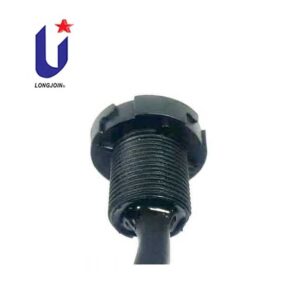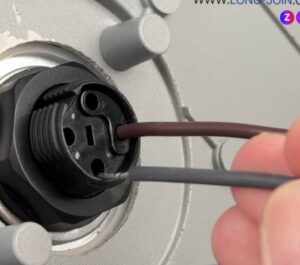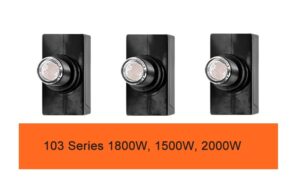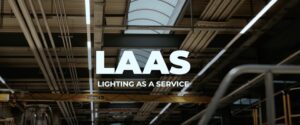Overvoltage Protection Technology in Photocontrollers: Principles, Advantages, and Applications
Introduction
Outdoor lighting systems face more than rain, heat, and dust. They also fight unpredictable electricity. Photocell lighting sensors have very sensitive circuits. High voltage can damage these circuits mm. This can happen from a lightning strike, a power grid fluctuation, or a sudden equipment surge. Without proper protection in place, these systems fail faster. They need more maintenance and can be unsafe in public and commercial spaces.
That’s where overvoltage protection comes in. It isn’t just an added feature—it’s essential. In modern photocontrollers, it acts like a shield, absorbing excess energy and keeping lighting systems stable. As cities expand their smart infrastructure and rural grids become more electrified, having photocells that can withstand harsh electrical conditions becomes critical. This guide explains why overvoltage protection matters. It shows how it works. It also explains why trusted makers like Long-join lead the way in making lighting control systems that are safe, reliable, and built to last.
Why Is Overvoltage Protection Necessary in Photocontrollers?
Ever wondered why some street lighting systems suddenly fail, especially after a storm or power surge? That’s often due to voltage spikes. When it comes to smart city lighting, industrial zones, or rural grids, power instability is common—and dangerous.
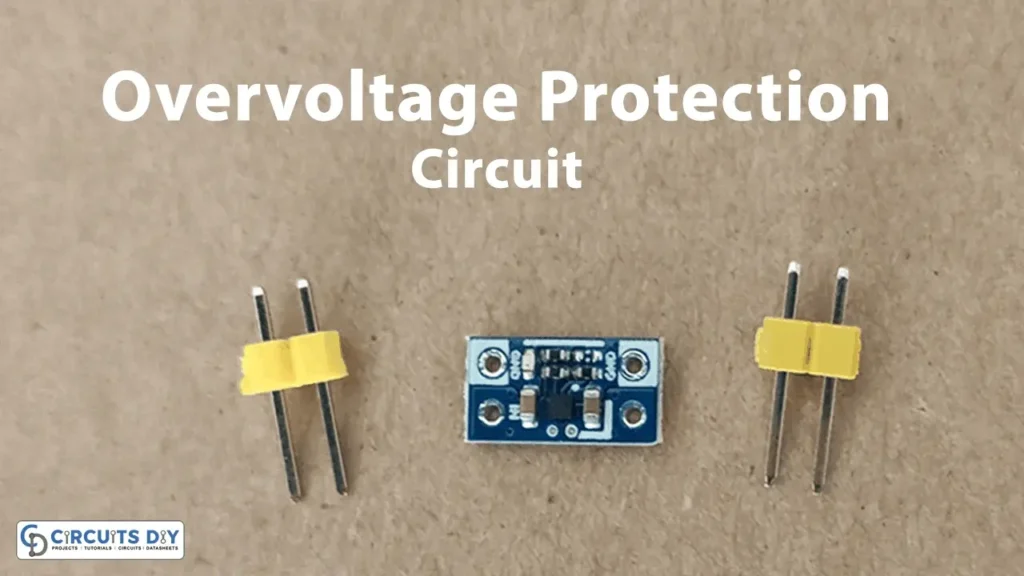
That’s where overvoltage protection steps in. For any reliable photocell street light system, this technology ensures safety and stability. Photocontrollers without built-in protection are more likely to malfunction, shorten lamp life, or even fail completely during sudden electrical disturbances.
What Are the Specific Challenges Overvoltage Protection Solves?
Problem Area | Impact Without Protection | Benefit With Protection |
Power Grid Fluctuations | Damage to photocell components | Stabilizes voltage for optimal performance |
Lightning Strikes/Surges | Complete system failure | Prevents damage by absorbing excess energy |
Rural Infrastructure | Irregular supply causes frequent outages | Ensures continuous lighting in remote areas |
By neutralizing these risks, overvoltage protection helps maintain continuous operation, reduce maintenance, and improve end-user satisfaction.
What Core Technologies Power Overvoltage Protection?
Good protection isn’t just about reacting when things go wrong. It’s about sensing, adjusting, and defending—before damage happens. Photocontrollers today rely on several smart defense mechanisms to protect lighting systems. Let’s break them down.
1. Voltage Monitoring and Rapid Response
Modern photocell sensors continuously scan the voltage levels. If an abnormal spike is detected, they react within milliseconds. This fast response ensures sensitive internal components remain safe from overload.
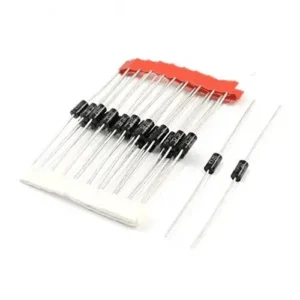
2. Surge Protection Circuits
Surge protection components like MOVs (Metal Oxide Varistors) or TVS (Transient Voltage Suppression) diodes are built in. These absorb sudden energy bursts caused by events like lightning, preventing it from passing to the controller’s core.
3. Overvoltage Cutoff Function
Once a threshold is crossed, the system temporarily cuts off power to prevent cascading failures. This cutoff ensures the rest of the circuit remains untouched, preserving its long-term health.
4. Temperature Compensation Technology
Extreme temperatures affect how circuits perform. Photocell switches with temperature compensation adjust dynamically, allowing protection levels to shift based on heat or cold—especially critical for outdoor installations.
Comparison of Common Overvoltage Protection Components
Protection Component | Response Time | Voltage Clamping | Use Case |
MOV (Metal Oxide Varistor) | Fast | Moderate | General surge protection |
TVS Diode | Very Fast | Precise | Sensitive electronics |
Gas Discharge Tube (GDT) | Slow | High | High-energy transients |
Fuse | Slow | Open Circuit | Basic overcurrent protection |
How Do Long-join’s Photocontrollers Deliver Superior Overvoltage Protection?
Long-join has established itself as one of the top manufacturers of photocell and lighting control solutions. But what sets them apart in overvoltage protection? The secret lies in the depth of their technology, wide compatibility, and intelligent design.
Wide Voltage Adaptation
Long-join photocontrollers are designed to adapt to fluctuating grid voltages, ranging from 90V to 305V AC. Whether it’s a weak rural connection or a high-powered industrial setup, the controller adjusts without stress.
High-Performance Surge Protection
These photocontrollers come with 10kV or higher surge protection ratings, meaning they can endure even the harshest spikes without a hitch. This is especially crucial for photocell lighting sensors used in areas prone to storms.
Feature | Long-join Standard |
Input Voltage Range | 90–305V AC |
Surge Protection Rating | ≥10kV |
Operating Temperature | -40°C to +70°C |
Housing Durability | IP65+ Rated Enclosure |
Intelligent Monitoring & Alarms
Long-join devices don’t just protect—they also communicate. Built-in photocell control software sends alerts when abnormal voltage is detected, allowing real-time maintenance decisions. This predictive capability significantly reduces downtime.
Longevity & Build Quality
With UV-resistant housings, moisture sealing, and corrosion-proof components, Long-join photocontrollers are made for long outdoor life. It’s why their photocell for street light units are trusted in dozens of international cities.
Where Are These Technologies Being Used?
The applications of overvoltage-protected photoelectric sensors are rapidly expanding. Every environment with variable power supply, outdoor exposure, or mission-critical lighting benefits from this technology.

Smart City Street Lighting
Modern cities are lit by thousands of lights controlled by photocell lighting sensors. These systems must respond automatically to dusk and dawn while enduring unpredictable surges due to electric buses, traffic equipment, and grid shifts.
Industrial & Commercial Spaces
Factories, warehouses, and shopping malls often have heavy machinery that causes power fluctuations. Overvoltage-protected photocells ensure that lighting stays unaffected—keeping operations running smoothly.
Rural & Agricultural Power Networks
In remote areas, electricity supply is often inconsistent. Long-join’s outdoor photocell light sensors stabilize these systems, preventing frequent bulb burnouts and costly repairs.
Harsh Outdoor Conditions
Rain, snow, UV exposure, and dust are just a few challenges outdoor lighting faces. Overvoltage protection combined with IP65-rated housing keeps the system resilient.
Application Area | Key Lighting Challenge | Photocontroller Solution |
Urban Street Lighting | Grid fluctuation | Surge suppression and fast cutoff |
Industrial Zones | Machinery-induced surges | Wide voltage and thermal stability |
Rural Areas | Unstable grids | Voltage adaptation and smart alarms |
Harsh Climates | UV/rain/snow exposure | IP65 build and corrosion resistance |
What’s Next for Overvoltage Protection Technology?
Technology never stands still—and neither does Long-join. As smart infrastructure grows, photocontrol systems must do more than turn lights on and off. They need to anticipate, adapt, and integrate.
AI-Based Protection
Future systems will use artificial intelligence to analyze voltage patterns and predict surges before they occur. This allows photocontrollers to prepare in advance, further reducing the risk of failure.
Modular Designs
Maintenance becomes faster and cheaper when protection modules are designed to be plug-and-play. Long-join is already experimenting with modular surge protection blocks.
Increased Surge Capacity
As more infrastructure moves to electrified models, surge potential will rise. Next-gen photocontrollers aim to handle 15kV–20kV surges without fail.
Integration with Energy Systems
Photocontrollers will soon communicate directly with energy management platforms, enabling real-time energy efficiency tracking, load balancing, and automatic alerts for abnormalities.
Conclusion
Long-join’s commitment to innovation in overvoltage protection sets them apart in the lighting control industry. Their photocontrollers deliver safety, stability, and adaptability, making them ideal for smart cities, remote villages, and industrial centers alike. With AI-driven features and cutting-edge durability, Long-join is not just responding to today’s lighting challenges—they’re shaping tomorrow’s solutions.
External Link
- https://clarionuk.com/resources/ip-ratings/
- https://www.corrosionpedia.com/definition/2424/ultraviolet-resistance-uv-resistance
- https://www.eaton.com/us/en-us/products/backup-power-ups-surge-it-power-distribution/surge-protection/how-many-joules-does-my-surge-protector-need-.html
- https://www.electronics-tutorials.ws/resistor/varistor.html
- https://en.wikipedia.org/wiki/Transient-voltage-suppression_diode


